FS Colour Series: SHITAKE Inspired by John Constable’s Dusty Browns
British 19th century painter John Constable painted the British landscape as a place of wild and unspoilt wonder, revelling in its curling old trees, mud-soaked ground and billowing, cloud-filled skies. He was fascinated by nature in all its grubby, dirty reality and often honed in on details other might choose to ignore or omit, like unruly tangles of bracken, watery ditches and abandoned old outhouses hiding in the shade, celebrating the quiet wonder of these secluded spots so far from city life. Dusty shades of brown like SHITAKE appeared in many of his most celebrated paintings, colouring damp wooden structures, old boats, tree branches and grubby areas of mud and soil, capturing the visceral appeal of being entirely absorbed in nature. He wrote, “Landscape is my mistress – ’tis to her I look for fame.”
Constable was born in the village of East Burgholt in the Suffolk countryside. His father was a wealthy merchant who ran a corn mill, and he expected Constable to continue in the family business as an adult. But from a young age Constable’s interests lay elsewhere – he began making regular sketching trips around the wilderness surrounding his family home, which he came to know inside out. As a mature artist, he returned to these very same subjects, which must have been etched into his brain, noting, “I should paint my own places best.” He proclaimed his particular passion for: “the sound of water escaping from mill dams… willows, old rotten planks, slimy posts and brickwork,” adding, “I love such things.”
In 1799 Constable trained as an artist at the Royal Academy Schools, where he learned through copying the work of the old masters, as well as studying the human figure from life. By 1803, Constable had rejected everything he had learned during this education in favour of observational landscapes, painted with his fresh, light touch, and a keen, exacting eye. He wrote in one of his notebooks, “When I sit down to make a sketch from nature, the first thing I try to do is to forget that I have ever seen a picture.”
Spring and mid-Summer were his favourite times of year to paint, and he spent these months in East Burgholt, engrossing himself in the wilderness surrounding his family home. From 1819 Constable found financial success through the sale of his ‘six-footers’, a series of large-scale paintings that illustrated quiet corners of the British countryside painted with an increasingly fluid, expressive language, capturing the innate beauty of the natural world. The 1820s continued to be a prosperous decade for Constable, as his success in both England and Paris grew, and he continued to paint large-format landscapes that celebrated rural Britain in an honest and unsentimental visual language, in his trademark palette of soft browns, earth greens and greys. He observed, “Nature is the fountain’s head, the source from whence all originality must spring.”
In View on the Stour Near Dedham, 1821-1822, Constable paints a passage of water quietly rolling through an expanse of flat, open countryside, surrounded by long grasses and tall trees. He focussed on a calm, dusty palette of soft browns and muted greens, which open out into a haphazardly painted, turbulent blue-grey sky beyond. In the later painting The Lock, 1824, Constable paints with crisper, sharper detail, catching an everyday scene as a lockmaster opens up the gate to let a boat pass through. Damp, crumbling wood is painted with Constable’s trademark muted browns, a colour echoed in the billowing old trees that fill out the sky beyond.
Constable’s painting The Valley Farm, 1835, in another quiet, backwater scene, a tranquil moment as two figures in a boat steer cows through a still passage of water. The entire scene is bathed in carefully blended shades of brown, moving through pale, caramel tones that glint in the light to deeper shades of burgundy and soil. These muted, pared back hues remain truthful to nature, demonstrating the artist’s enduring fascination with the British countryside, in all its wet, wild and unidealized glory.





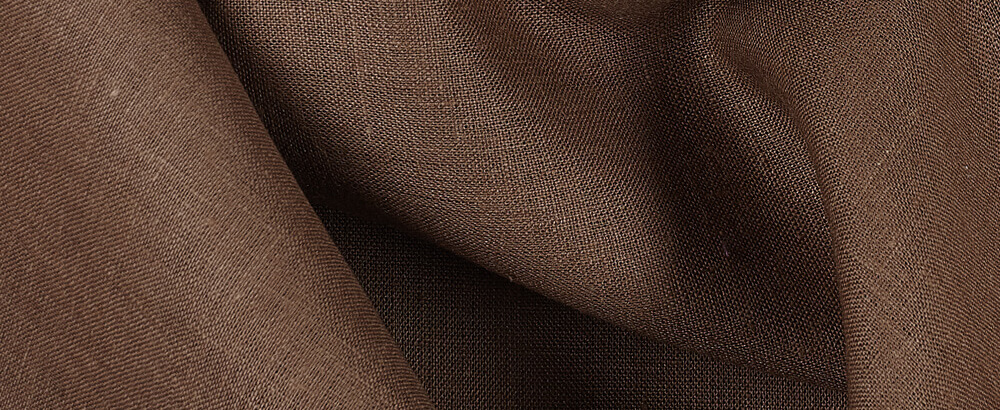
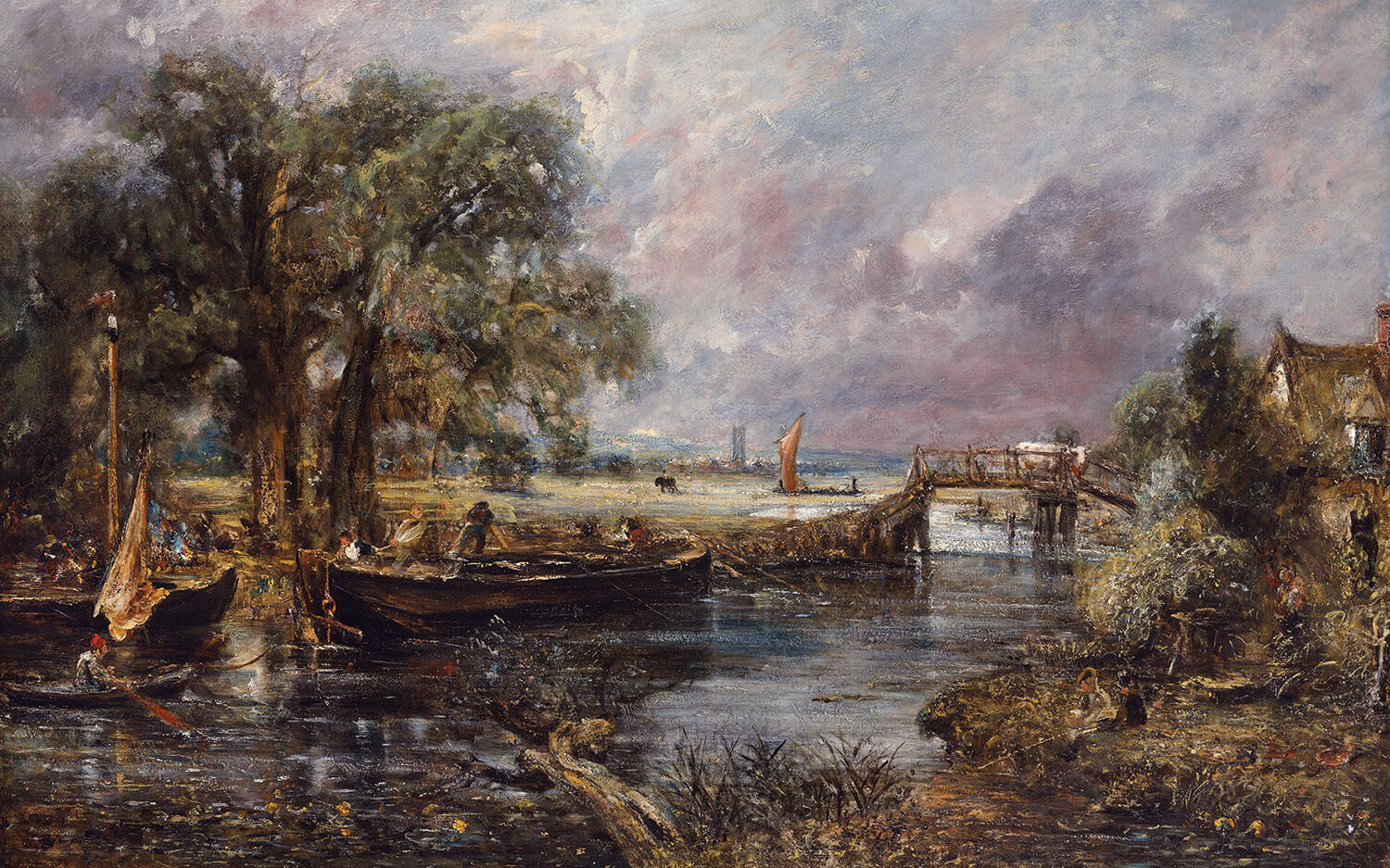
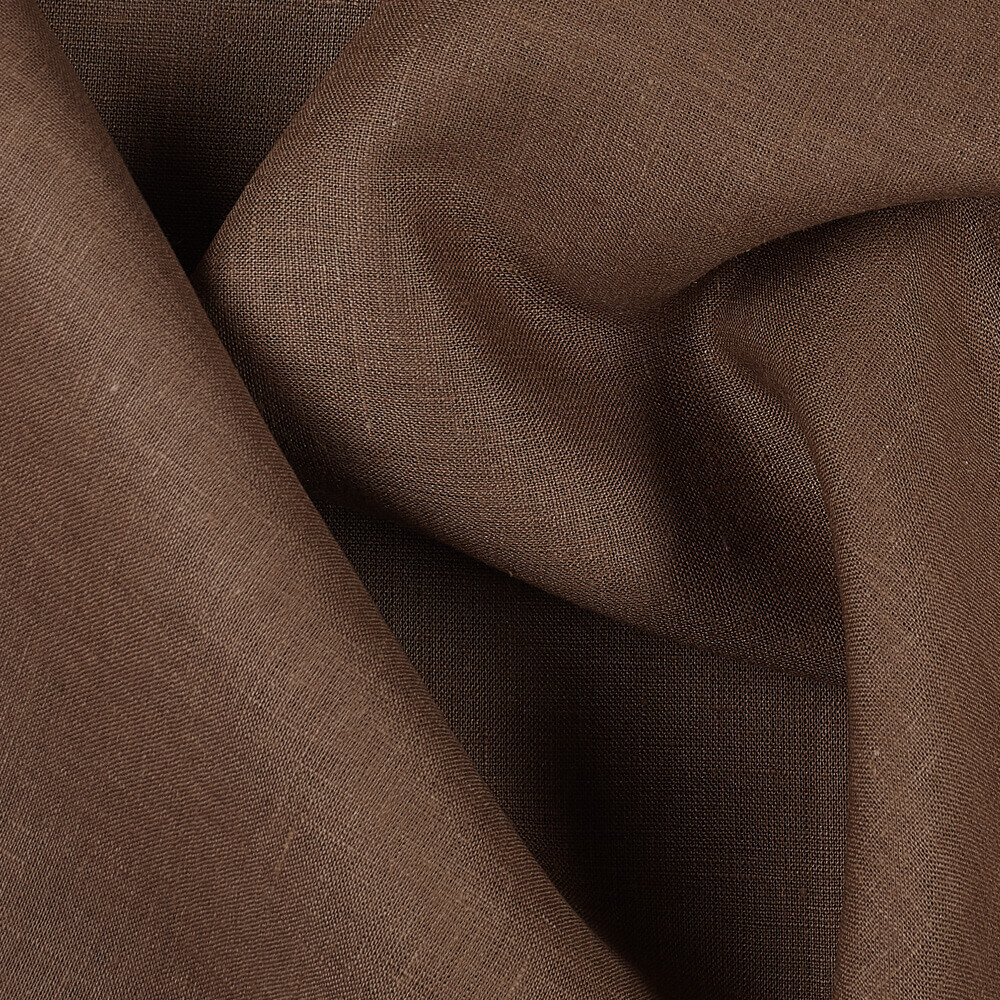
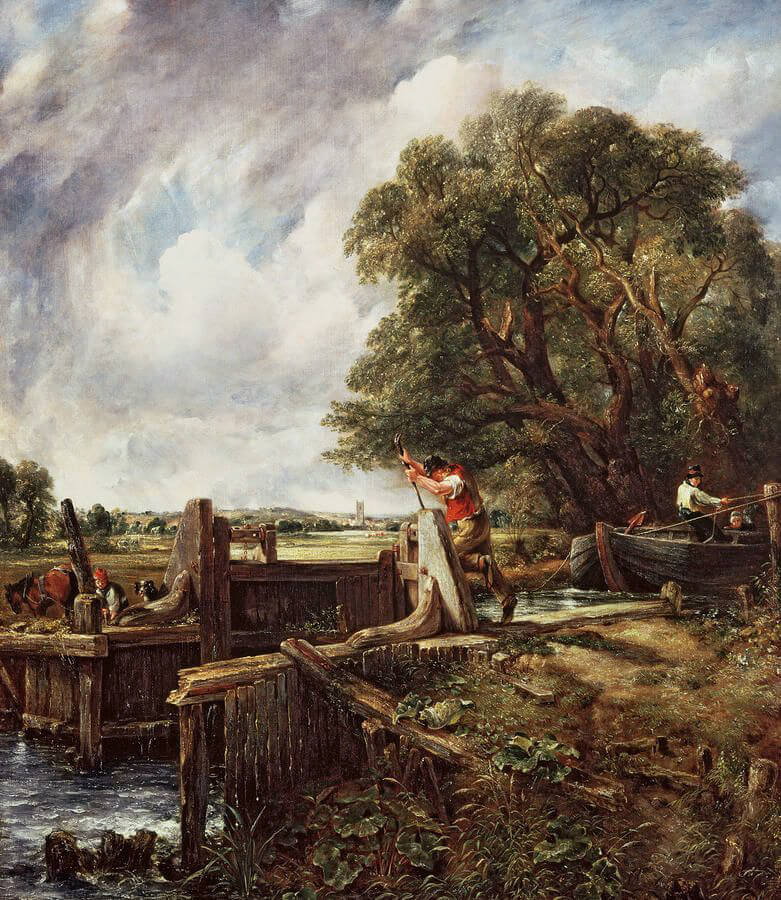
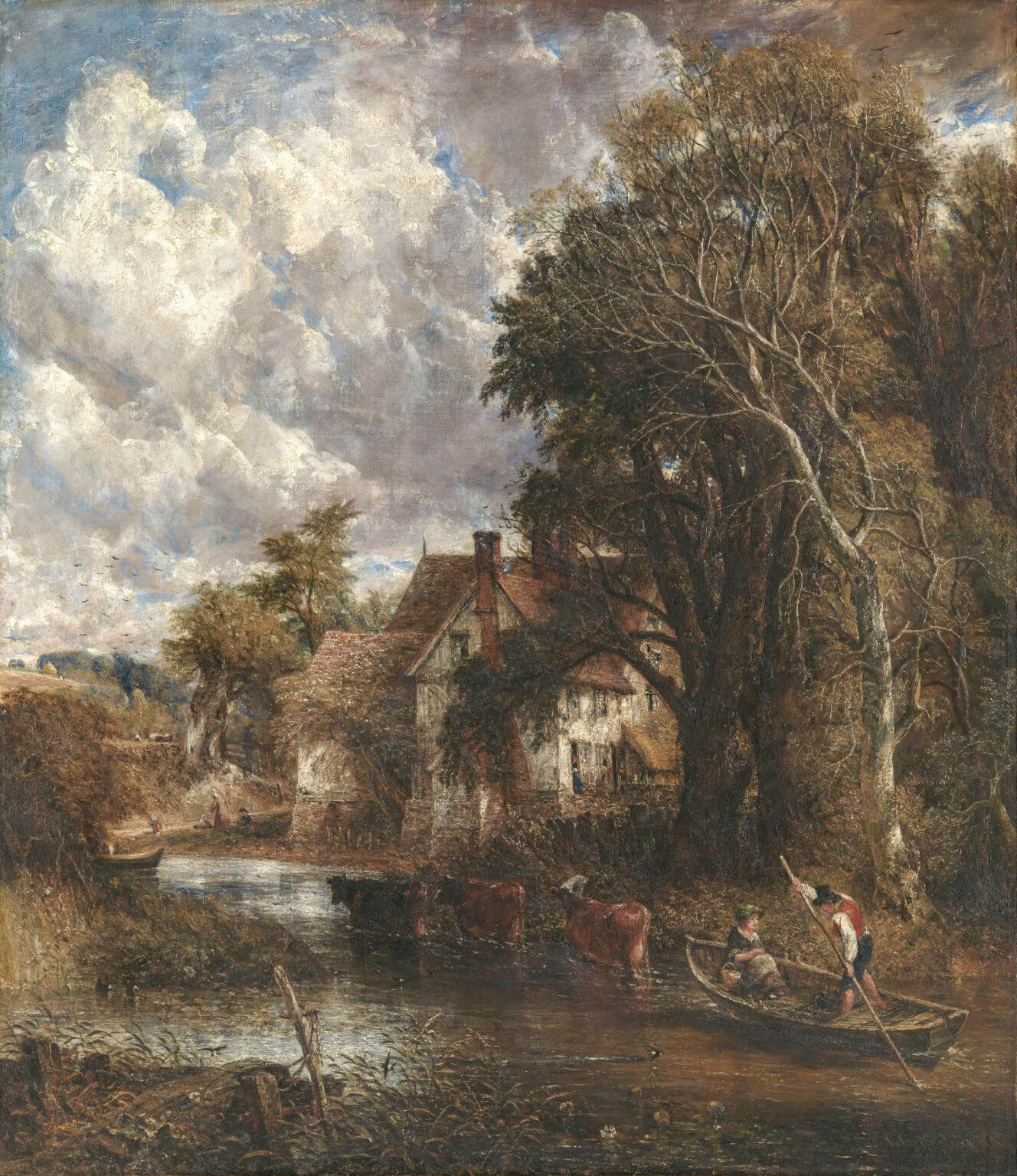







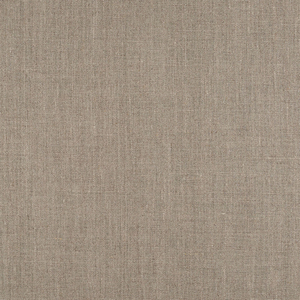

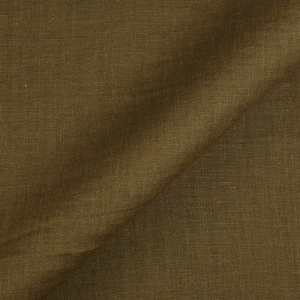























Leave a comment